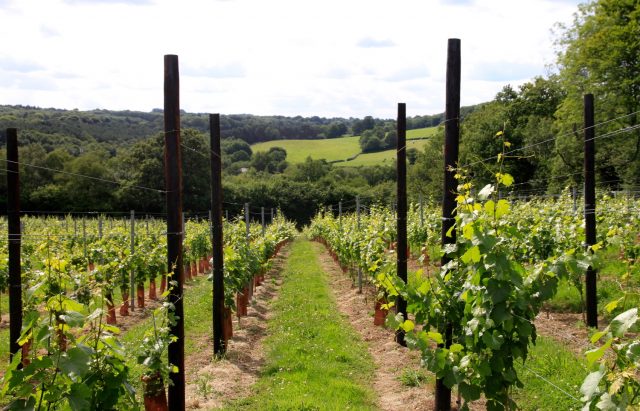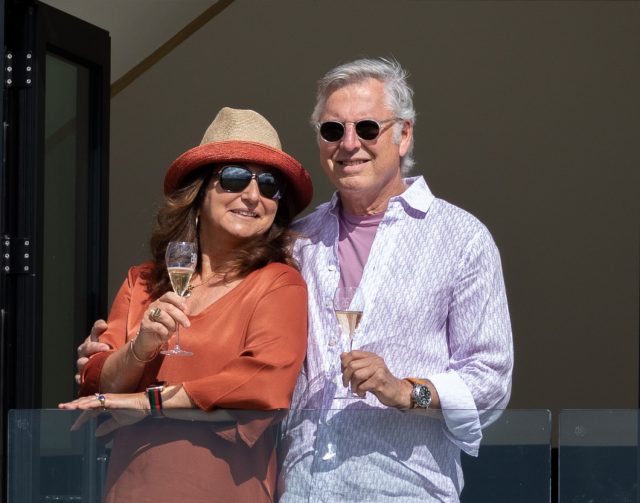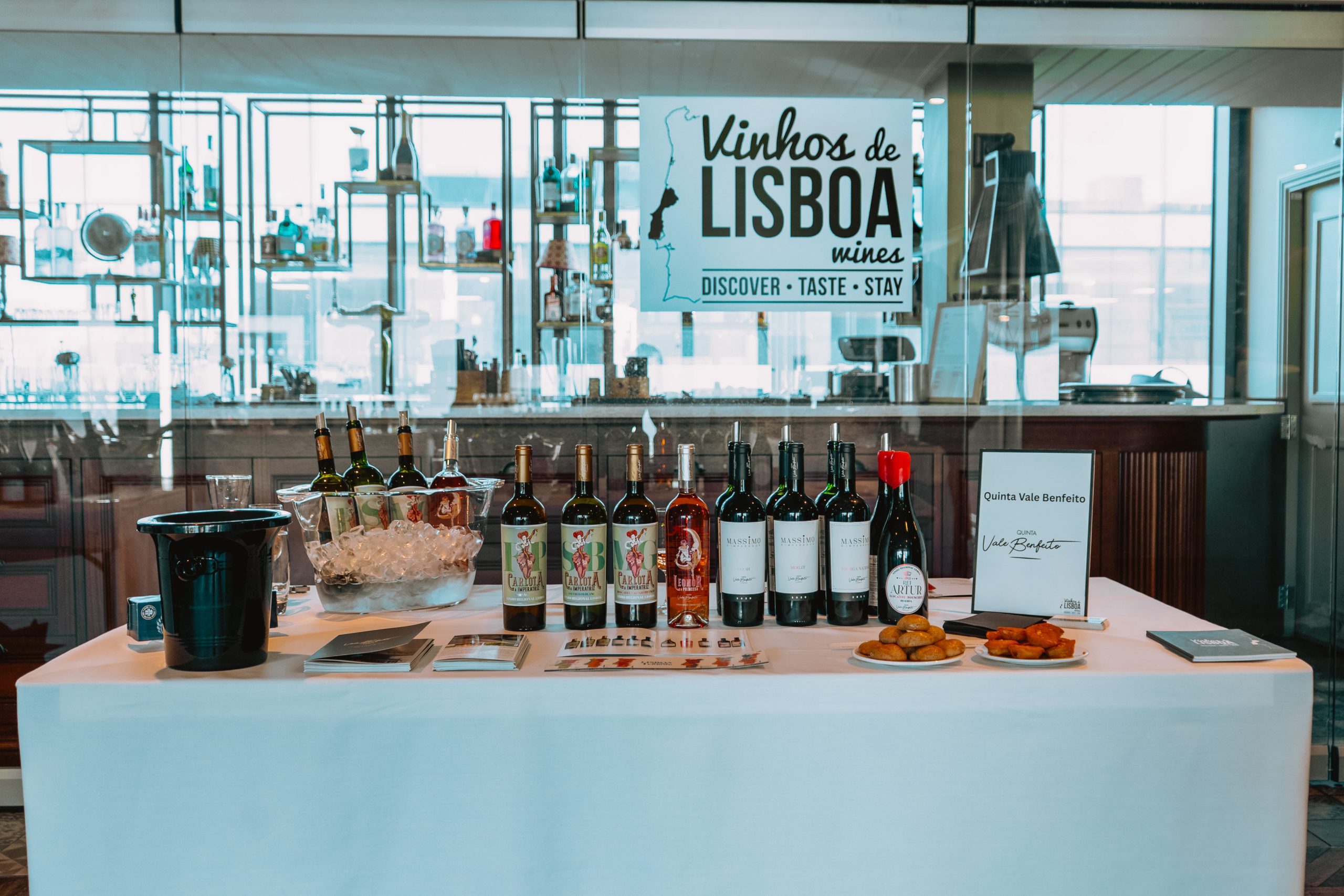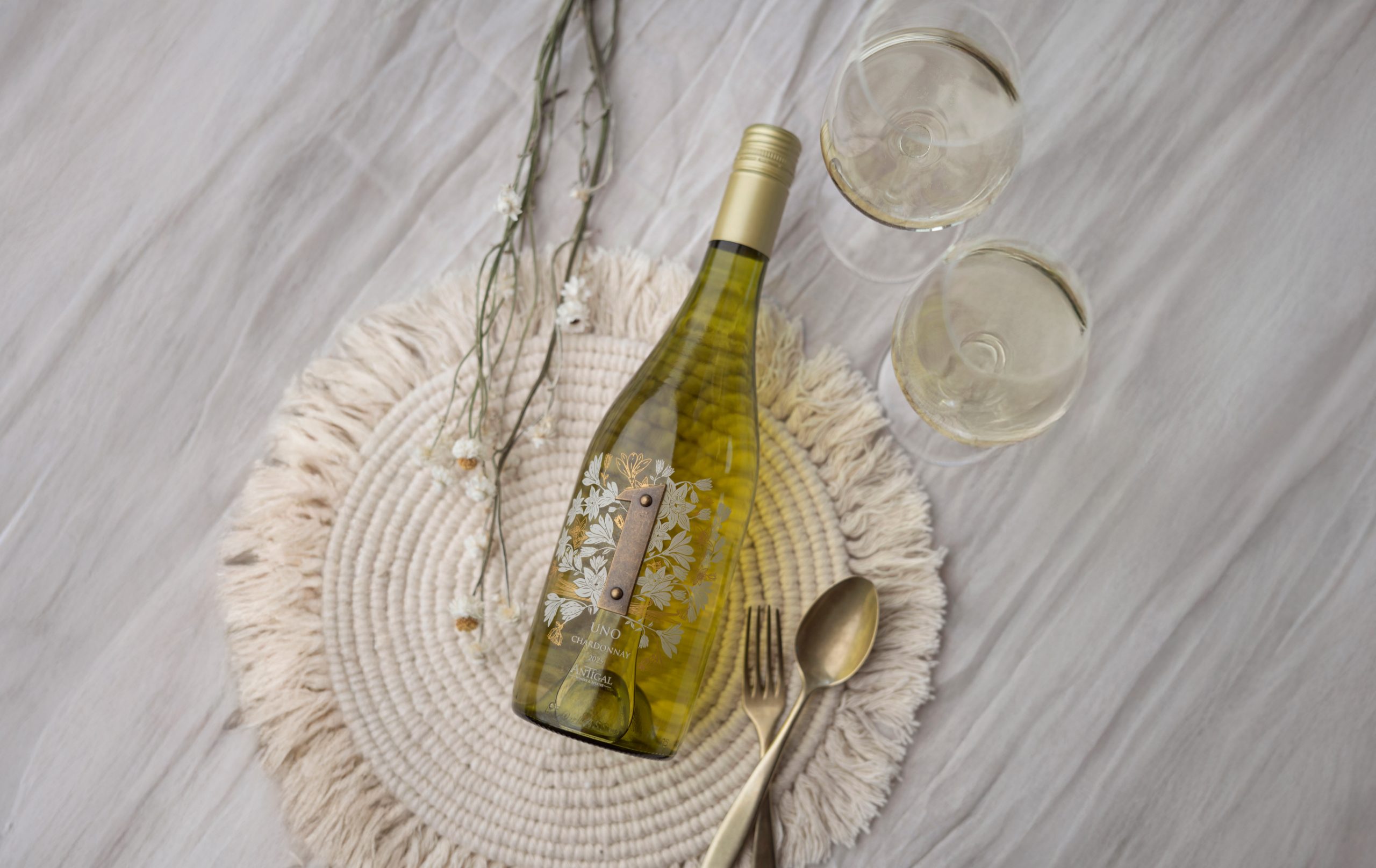db meets: Douglas Jacobsohn, Busi Jacobsohn
Sweden-born Douglas Jacobsohn, co-owner of Busi Jacobsohn and former chief executive of marine insurer Skuld, explains how he and his wife Susanna, an artist with a background in fashion, entered the world of English wine.
 What made you decide to get invest in English wine?
What made you decide to get invest in English wine?
Ever since Susanna and I met, we always had an idea of doing something related to farming, and I guess wine is not too far away. We spent a lot of time in the south of France and originally planned to retire there, but then we moved to England and fell in love with the countryside like so many others. When I tried English sparkling wine for the first time I was super surprised, so when we found this place we thought it would be perfect for growing our own vines.
When did you plant your vines?
We bought the land and the farm where we live now in 2014. Previously it was pasture land and in total it covers some 20 hectares. We got in touch with Stephen Skelton MW, who gave us advice about where to plant our vines. We have quite a few different fields here, and he recommended that we start out on a sloped south-west-facing 5 hectare site.
We ended up planting the vines by hand as it was so wet in May 2015 when we were planting that our German contractor was unable to use his machine. We’ve since put in a brand new drainage system, which has sorted out the problem.
What did you plant?

Our vineyard comprises 40% Chardonnay, 40% Pinot Noir and 20% Pinot Meunier, with a variety of different clones. For example, we have three different Chardonnay clones and four of Pinot Noir.
When did you release your first wines?
We carried out our first harvest just two years after planting in 2017, making a wine which used a blend of 60% Chardonnay and 20% of each of the Pinots. It came out really lovely. We’re currently on the 2018 vintage. Our Cuvée Brut 2018 was made using a blend of 60% Chardonnay, 25% Pinot Noir and 15% Pinot Meunier. We also make a rosé using 78% Pinot Noir and 22% Pinot Meunier with 7% of the wine fermented in oak. Production is currently around 10,000 bottles, but the eventual goal is to reach an average of 25,000 bottles a year.
We are different from others in that we only make vintage wines. We made a decision that we only wanted to make wine that that reflects our terroir and the conditions we have each year. Susanna and I have put our names on the bottle, so we stand behind it. We live and die with our product.
Partner Content
Where do you sell your wine?
We sell to a few local restaurants and our aim is to increase our presence in the on-trade. Other than that, our wines are listed in Harvey Nichols and we also do a lot of online sales. We also have export ambitions and sent our first shipment off to the Norwegian monopoly this month. We also have relationships with the monopoly in Sweden too.
How has background influenced your wine?
Susanna has an Italian mother and grandfather, while I’m from Sweden. While I worked in insurance, I first started out in art school. Susanna has worked in fashion and is also an artist. Our backgrounds have helped us a lot.
I do all the work in the vineyard myself. I did a crash course at Plumpton College for three months after which I joined the viticulture group which is part of WineGB South East, and I’ve loved being a part of that.
How have you made your vineyard more sustainable?
We’re committed to reducing our carbon footprint and use biomass heating as well as solar power, selling back energy to the grid. We try and keep vineyard treatments to a bare minimum and have invested in mechanical weeding technology to reduce emissions. At the moment we’re taking part in a university study which is measuring the level of biodiversity in our vineyard.
What are your future plans?
We plan to release a blanc de noirs and blanc de blancs from the 2018 vintage.




